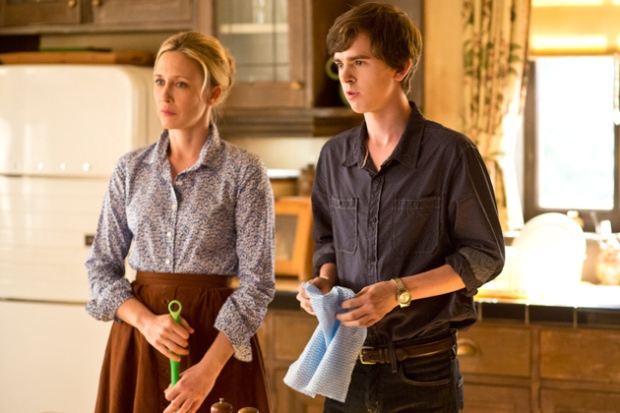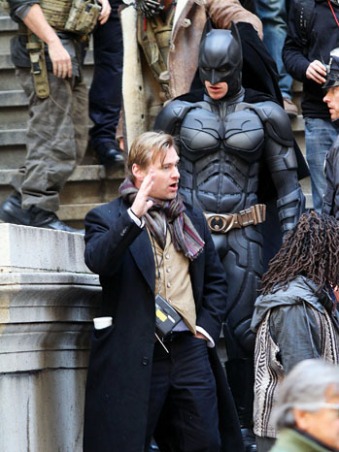A profile piece on the Byrd movie Theatre (1928) in Richmond Va.
We adopt a thinking pattern that lead us to think that yesterday was much better than today. Doesn’t matter which period were you born in, where you live, or which aspect of your local culture are you talking about.
The field of “visual arts” is not an exception; visual theorists like Lisa Gitelman and Koen Vermeir have spoke nostalgically of the Magic Lantern show (1660-1700,) which constitutes as the commencement of modern cinema as we know it. For me, since I am not that old, I usually reminisce about how cinema was during my childhood. Our cinema was in a little neighborhood called Salmiyya, it was not one of those compact ones, and the ticket’s cost was an equivalent of one dollar. We barely went there, so we made sure we enjoyed it.
After I grew up, I left Kuwait and went to the United States, particularly the city of Richmond Va., in order to pursue my higher education. In there, I saw the Byrd theatre, and it reminded me of the elegance of early cinema, back when going to the cinema was a proper outing, and when the ephemera of the setting was part of the viewing experience.
Built In 1928, the Byrd theatre only shows two selective films a year. It is considered a local and national treasure. It is ornately decorated to a point where the film itself loses relevancy and takes the back stage. It displayed the art of cinema, and not the art of film.
Is cinema dead? Is the Byrd theatre a tombstone of an art form rendered obsolete by digital technology? Only in time to come will we be able to answer these questions. For now, the Byrd theatre functions as a time capsule, ever so effectively.
Extra links, further data and interesting stories:-
The Huffington Post’s list of the ten beautiful film theaters around America
http://www.huffingtonpost.com/2010/10/19/oldest-movie-theaters_n_768456.html
In a related story, the century-old Weltspiegel theater in Germany gets a makeover
http://www.fastcodesign.com/1672142/a-century-old-cinema-gets-a-modern-makeover#1
At the beginning of the year, the Byrd theatre held a screening event for the third season premier of “Downton Abbey”, the popular television drama, click the link to read the report at richmond.com


